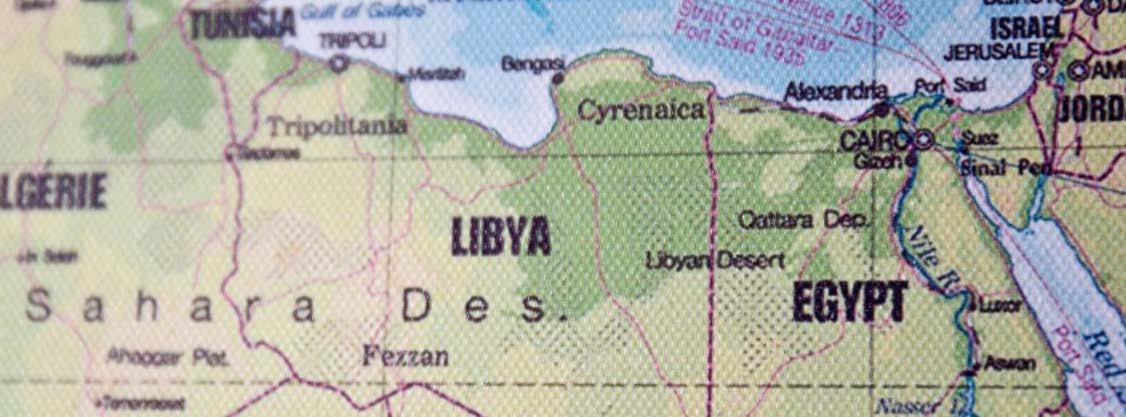
2 minute read
LIBYA
RB: Libya faces numerous challenges in 2023, despite a slightly improved political and security environment. A poor business environment and weak confidence in the rule of law could hamper potential economic output, raising risks over the course of the year. Security and economic reforms will also likely be hindered by political favouritism and high levels of corruption in government institutions.
Ongoing divides and parallel power centres have exacerbated rising corruption and a shortage of technical expertise over the years. Additionally, social tensions have been growing since the ceasefire that halted fighting in Libya’s civil conflict was announced in October 2020; given the failure of international mediation to close the gap between the main factions, it remains highly probable that attempts to hold elections in 2023 will provoke further political ruptures. Overall, Libya’s business environment will likely only improve once a unity government is in place, which is not forecast to occur in the 12-month outlook.
JM: Libya’s dominant export in 2022 was oil and gas, which made up over 95% of Libya’s exports. The formerly war-torn country has a burgeoning iron and steel industry, shipping out $546.3 million worth in 2022, along with $197.8 million of inorganic chemicals and $153.7 million of copper, examples of industrial sectors that could deliver further growth.
Libya’s top imports in 2022 were mineral fuels, machinery, cars and trucks, electronics and plastics. Its main sources of automobiles were South Korea, China and the US. If its society stabilises and the economy fully recovers, it will remain a promising automobile market. In 2022, total exports rose to $40.8 billion from $33.1 billion, thanks in part to increases in fuel prices due to Russia’s invasion of Ukraine, with chief export markets Italy, Spain, Germany, China and the US. Libya remains focused on Europe, with the potential to diversify to China and the US. Meanwhile, imports rose to $17.5 billion from $15.3 billion, with chief sources Turkey, China, Italy, Greece and Belgium.
Malta

RB: In 2023, Malta faces a growing challenge from other European and OECD countries over its “golden passport” scheme which has attracted criticism over a lack of transparency, questionable governance, and tax avoidance initiatives. Nevertheless, Malta continues to attract foreign capital and the tourism sector is expected to remain buoyant throughout the year. Mediumterm challenges include the rising cost of living and high energy prices, as well as a slowing economy, even though its GDP will comfortably outperform the Euro area.
Malta’s country rating is supported by high percapita income and a pre-pandemic record of strong growth and sizeable debt reduction. Malta’s swift exit from the Financial Action Task Force’s (FATF) grey list and its resilient economic growth have been positive developments over the past year. The biggest downside risk to Malta’s economic outlook is remaining investor concern about corruption.
JM: As a member of the European Union, the only one on this list, Malta enjoys tariff-free access to the world’s largest trading bloc. One consequence of this geopolitical luck, as well as its position as a euro-using crossroads between Europe and Africa, is that it functions as a transhipment hub for manufacturing countries in the region. Malta’s top exports are mineral fuels, electronics, and pharmaceuticals. The latter two are the result of high-tech investment in niche manufacturing.
Malta has a large trade deficit, importing large quantities of fuels, aircraft, aircraft parts, electronics, and ships and boats. The aircraft and aircraft parts come mainly from Canada, to the tune of $786 million in 2022. Overall, exports in 2022 rose to $4.9 billion from $4.2 billion, with top markets Germany, France, Japan, Italy, and the UK. Malta ran a large trade deficit in 2022. Imports increased to $9.8 billion from $7.9 billion, with top sources Italy, Canada, France, Spain, and Germany.










